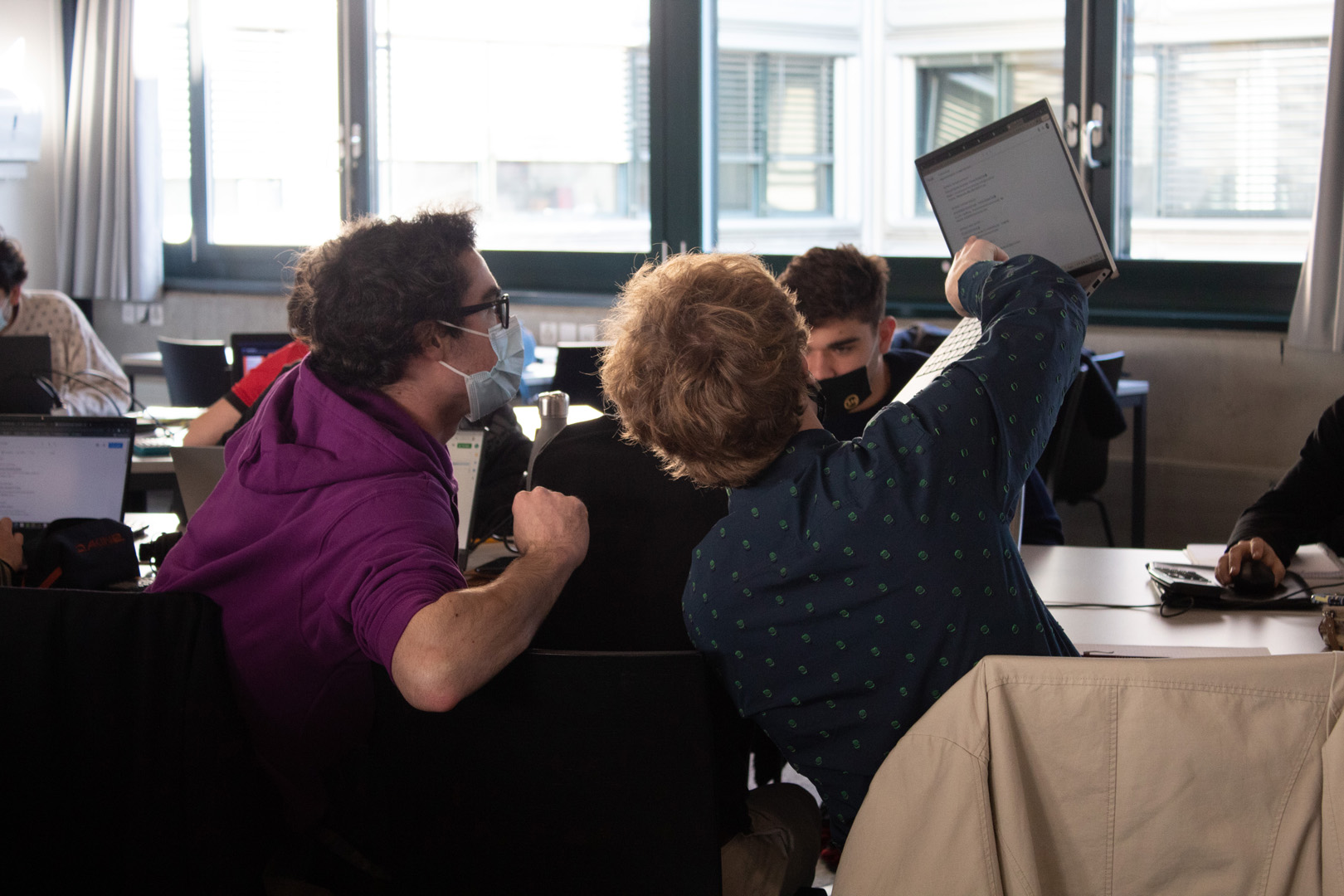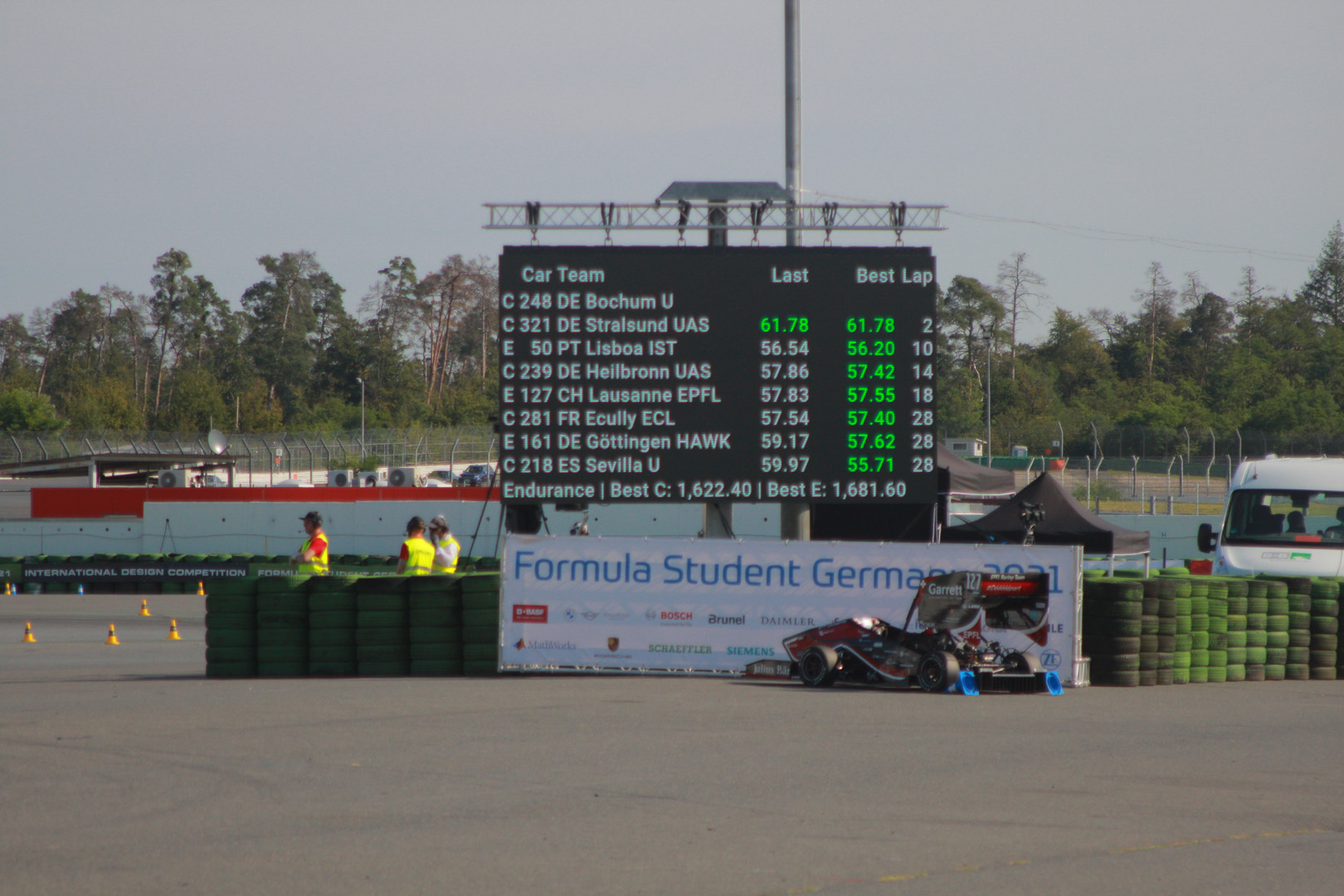WHAT IS FORMULA STUDENT?
Founded in 1981, the Society of Automotive Engineers (SAE) debuted Formula Student, a single-seater racing competition for engineering students still in University. It is managed by the Institution of Mechanical Engineers, and supported by the entire automobile industry and some of its leading names, such as Ross Brawn (Formula one Managing Director, Motor Sports and Technical Director).
Formula Student gives students the opportunity to prove their technical abilities already acquired in class regarding the design and manufacture of a prototype race car, but additionally an adventure of such scale allows advancing practical knowledge, and learning entirely new fields and skills in teamwork, finance and management. The performance of the competing vehicles is tested in both Static and Dynamic Events. The Static Events, mostly focused on the technology implemented, rate the Engineering Design, the Cost Management and Business Plan of the vehicle. Whereas the Dynamic Events target the physical capabilities of the car such as its Acceleration, Energy Efficiency during the race, Endurance, Handling, and overall performance.
To enter these competitions, teams have to qualify each FS “Quiz”, where teams are tested through engineering questions and in knowledge of the rulebook. Only the best teams can get in, thus these quiz days are very important.







Electric Vehicle Competition – 1000 points
Static Events –
325 points
Formula Student isn’t just about racing. It is above all an Engineering competition. Out of 1000 points, 325 points can be awarded for the Static Events.
- Business Plan Presentation 75/325 23%
- Cost and Manufacturing 100/325 30%
- Engineering Design 150/325 46%
During the presentation, two students will present a fictitious Business Plan to potential investors. The project idea must be innovative and the car must be at the heart of the development.
The Cost and Manufacturing event will assess the team’s understanding of the manufacturing processes they used for their different parts, and the cost associated.
The Engineering Design event gathers automotive industry and motorsport experts around the car, whose smallest bolt will be carefully examined. The most elegant and efficient designs will be awarded the best grade.
Dynamic Events –
675 points
Two thirds of the points are awarded during the Dynamic Events.
- SkidPad – 125/675 18%
- Acceleration – 125/325 18%
- Autocross – 100/675 15%
- Endurance – 250/675 37%
- Efficiency – 75/675 11%
Skidpad is a 8-shaped track, where the car turns at the limit of its grip abilities.
Acceleration measures the car’s fastest time on a 75-meter straight.
Autocross is a 1-km sprint.
Endurance is a 22-km time trial, this is the most intense race, as it tests the good resistance of the mechanical parts of the car to an extended drive, as well as the good cooling of the brakes, the motor, and the battery pack.
Efficiency measures the energy used for the endurance race, as well as the energy recovered under braking. The most energy-saving cars are awarded the best grade.











Driverless cup
In addition to the electric vehicles competitions, the team also aims to participate in the Driverless Cup. Formula Student added these autonomous events to the competition as a way to promote innovation and reaching toward the future of the automobile industry. This competition is independent from the manual competition, as all manual events are not completed and point distribution is different. Additionally, cars in the Driverless Cup don’t have to be new, which allows the teams to focus on the development of an autonomous system. The teams can therefore use previous competition cars for this purpose. We are currently testing our autonomous system on Mercury.
static Events –
150 points
- Engineering Design – 100/150 66%
- Autonomous Function – 50/150 33%
The driverless vehicle’s Engineering Design is evaluated on design, performance, mechanical, structural and electrical aspects. An engineering design report is not asked for, as opposed to the electric vehicle competition.
Autonomous Function evaluates the driverless system that controls the car.
Dynamic Events –
675 points
In general, Driverless Dynamic Events have a similar procedure for starting and ending events. The vehicle is staged 0.30m behind the starting line. Once everything is safely set up, a go signal is given to the car, indicating approval to begin the event. Once the car passes the finish line, it must come to a full stop on its own, within 50 metres from the line. The points are awarded according to best performance on competition day.
- SkidPad – 75/450 17%
- Acceleration – 75/450 17%
- Autocross – 100/450 22%
- Track Drive – 200/450 11%
Driverless (DV) Skidpad is also identical apart from the driver change.
DV Acceleration is nearly identical to the Electric Vehicle competition version, with the exception that there is no driver to trade so it is only completed once.
DV Autocross takes place on the same track as the piloted equivalent, but the car may only pass it once.
For Track Drive the driverless cup asks for ten 1km laps, instead of the 22 for the piloted competitions.
DOn't forget to stay tuned!
We regularly update our social media. You will never miss an event!
How can you become our partner
Send us an email at epfl-racing-team@epfl.ch or call us at +41 77 489 99 07.
For further information click here.
